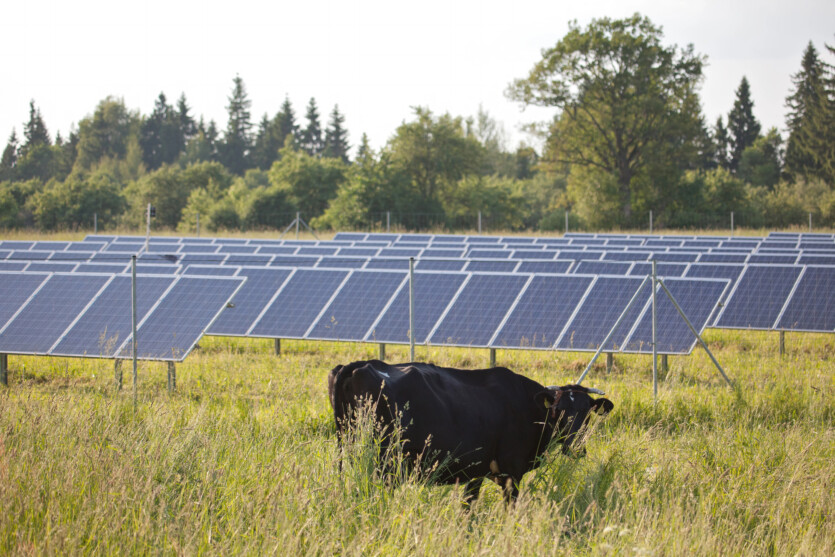
A new study conducted in the United States shows that more and more farmers in California prefer to lease their own land to accommodate solar panels instead of growing crops.
According to a study by the USDA conducted in 2022, about 117 thousand farmers use some kind of other types of solar panels. As part of the new study, american scientists examined more than 6.5 thousand solar panels installed on the farmland of American farmers.
The study also analyzed almost 1 thousand solar panels in California, covering almost 40.5 square kilometers. Renting out land allows California farmers to earn more at a time when droughts, rising costs, and limited access to water make agriculture less profitable.
The Central Valley of California produces almost all of the almonds produced in the United States, olives, and sweet rice. Occupying less than 1% of the US agricultural land, the Central Valley provides a quarter of all food, including 40% of fruits, nuts and other plant-based products.
However, decades of intensive farming, rapid urbanization, and climate change are putting significant pressure on farmers. Among the key challenges are water shortages and local authorities’ demands, in accordance with a 2014 law, to further reduce water use by 2040.
Installation of solar panels and incentives from local authorities development of solar energy provided farmers with an additional source of income. However converting land, used for crops, to land, used for solar panels, usually means a loss of agricultural production. Researchers estimate that over the course of 25 years of solar panel operation, these lands could produce enough food to feed 86,000 people, provided that these people consume about 2,000 calories per day.
At the same time these installations produced enough electricity to supply 470 thousand american households annually. However, the purpose of the study was to establish the economic advantage of placing solar panels on fields instead of growing crops.
Researchers have found that California farmers, who installed solar panels on their fields, earned much more, than those, who refused to do so. All farmers, regardless of whether they owned their own plots or leased their land, saved money on seeds, fertilizers, and other costs associated with growing and harvesting crops. They also earned money by renting land, paying electricity bills, and selling excess electricity.
Farmers, who installed solar panels on their own fields, had to spend money on the panels and auxiliary equipment, as well as on their installation. But even after covering all the expenses, their profits amounted to up to $50 thousand per 0.4 hectares of land annually. That’s 25 times more than they would have earned by planting crops on the land.
Farmers who leased their land for solar panels earned significantly less, but still saved on water for irrigation and other agricultural operations. They received up to $1,100 per year for every 0.4 hectares without any initial costs.
Most of the solar panels were installed on land that had previously been irrigated. According to researchers, the cessation of irrigation of these lands has saved enough water to supply 27 million people and water 30.5 square kilometers of gardens. After the installation of solar panels, some farmers also cultivated adjacent land under steam, possibly due to a new stable source of income, which further reduced water consumption.
According to recent estimates, the allocation of 1.1% to 2.4% of the country’s agricultural land for solar panels, as well as the use of other clean energy sources, will generate enough electricity to eliminate the US need for fossil fuel power plants.
Sources: The Conversation; TechXplore

Spelling error report
The following text will be sent to our editors: